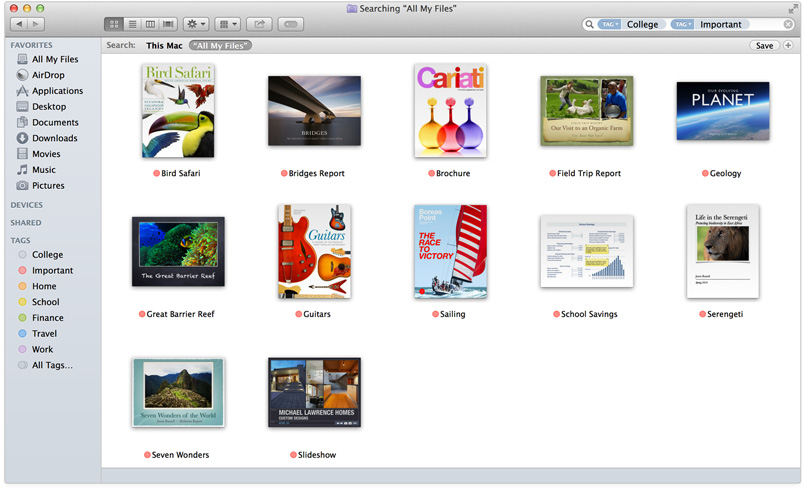When Apple and Microsoft contemplated software for a new world in which tablets were taking over much of the work once done on traditional PCs, it quickly became clear that they were following very different paths. Microsoft opted for an approach that would unify the user experience of tablets and PCs. Apple chose to keep the software environments, and the user experience they produced, distinct.
Early on, I was skeptical about Microsoft’s decision. Today, as the post-iPad, post-Surface versions of Windows and Mac OS X move into their second generation, there is little doubt that Apple was right. Windows 8 is a critical and, so far, a business flop whose problems may be mitigated but are unlikely to be solved by the forthcoming Windows 8.1. Apple, meanwhile, is readying the promising OS X Mavericks (named for a famous surf break in Half Moon Bay.)
Apple’s philosophy is to introduce successful features from its iOS mobile software into OS X when its makes sense while keeping the overall experience of using a Mac very different from the iPad. So Mavericks will gain an enhanced approach to real-time notifications that borrows heavily from iOS. And it will share with iOS a cloud-based system for storing and managing passwords across devices.
When Apple injected a heavy dose of iOS thinking into Mountain Lion, the version of OS X introduced last year, many Mac fans publicly fretted that Apple was on its way to dumbing down the Mac, that OS X would become indistinguishable from iOS. Mavericks, which will ship in the fall, makes it clear this is not going to happen. [pullquote]Today, as the post-iPad, post-Surface versions of Windows and Mac OS X move into their second generation, there is little doubt that Apple was right.[/pullquote]
The late Steve Jobs introduced the iPad in 2010 with a simple metaphor: PCs, whether Windows or Mac, were trucks while the iPad was a car. Most people want cars, though trucks are indispensable for certain kinds of work. Mavericks is designed for the needs of the truckers of the computing world (Apple also unveiled a new 18-wheeler, a long-overdue and radical redesign of its high-end Mac Pro.)
For example, the sort of users who find traditional PCs indispensable are likely to have lots and lots of files and documents, arranged in intricate hierarchies of folders. Mavericks introduces two new power-user tools to help simplify management. One is a new browser-style tabbed interface that makes it easier to examine and rearrange files and folders without opening multiple Finder windows. The second lets you tag files with keywords (shown in the screenshot at top), which facilitates search and ad hoc grouping of files based on this metadata regardless of what folders they reside in.
Apple’s renewed commitment to OS X and the Mac heightens the challenges facing Microsoft. Windows 8.1 is due out in a public preview version at the end of June. Based on what Microsoft has revealed, 8.1 includes some concessions to traditional PC users, including the option of booting directly to the Desktop and a slightly easier way of finding and launching applications from the Desktop environment. At the same time, it will reduce the needs of tablet users and others who favor the new, for lack of a better name, Metro environment from dropping into Desktop. But it fails to change Windows 8’s fundamental flaw: It is a two-headed beast that both PC and tablet users find unsatisfactory.
If Windows 8 fails to recover from its early swoon, it will be a much more serious threat to Microsoft’s future, especially as a consumer operating system, than was its previous flop, Vista. There were a lot of little things wrong with it that annoyed users in a variety of ways, but in many ways it was a large improvement over Windows XP. The problems were fixable without major changes to the underlying OS, and they were fixed in the successful Windows 7 release. The flaws of Windows 8 start with the mistaken idea that a single OS can succeed on both traditional PCs and tablets. Repairing this misconception requires going back to the drawing board, which would not only be a monumental admission of failure but would probably require a couple years of development work. So I expect Microsoft will instead try to muddle through as best it can.
This has serious implications for the marketplace. Sales of PCs as a whole are shrinking and there doesn’t seem to be anything on the horizon that will reverse this trend. But sales of Windows PCs are falling much faster than Macs. For example, in the quarter ended March 30, IDC estimated that worldwide Windows PC shipments dropped 13.9% from the year-ago quarter, which Apple reported its Mac sales were flat. This means that Apple’s market share is growing. And Apple, with its dominance of the high end of the PC market, is continuing to rake in the profits, while makers of Windows PCs are struggling and increasingly contemplating a post-PC world.


